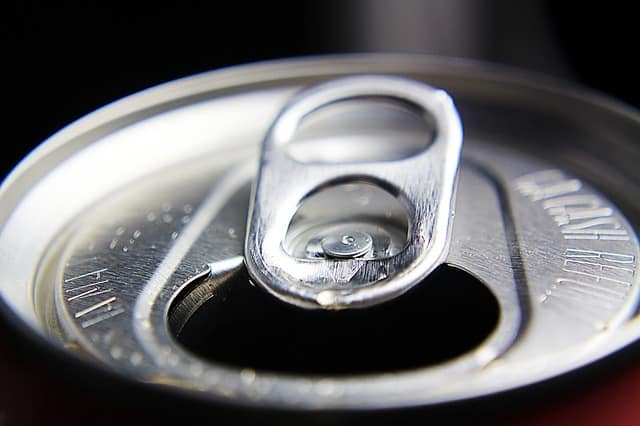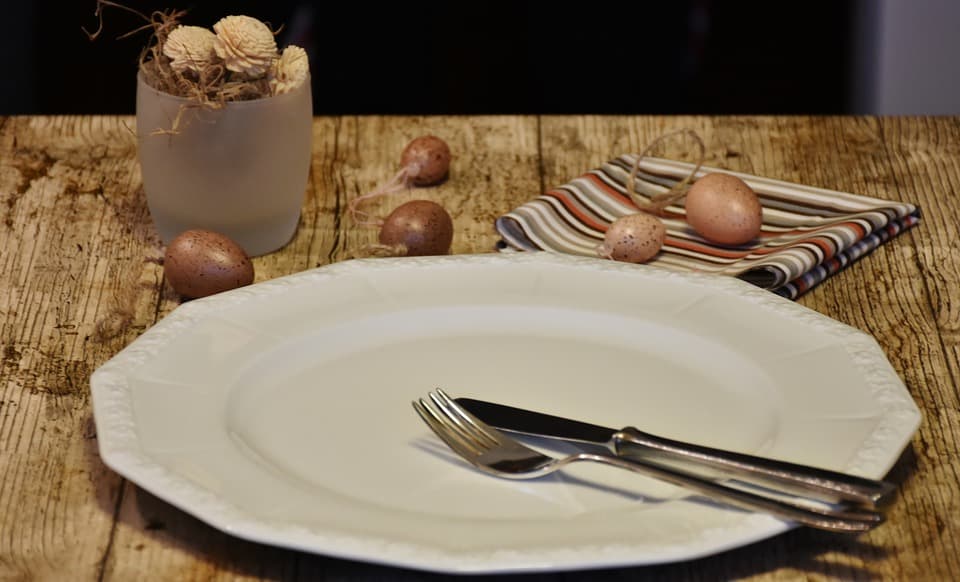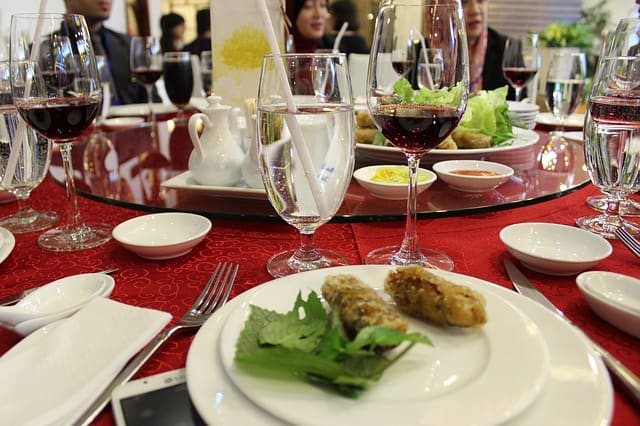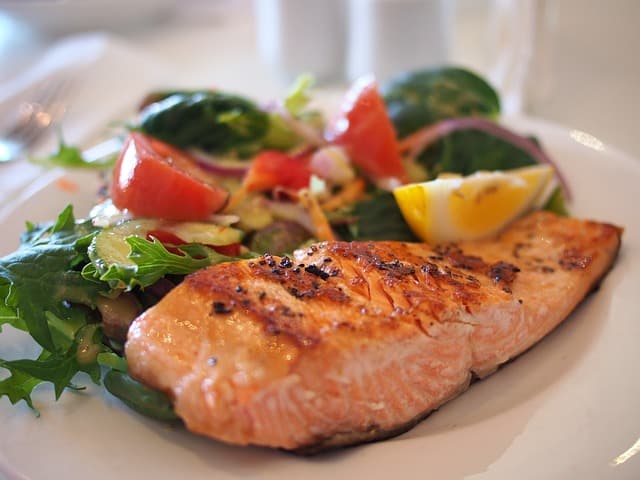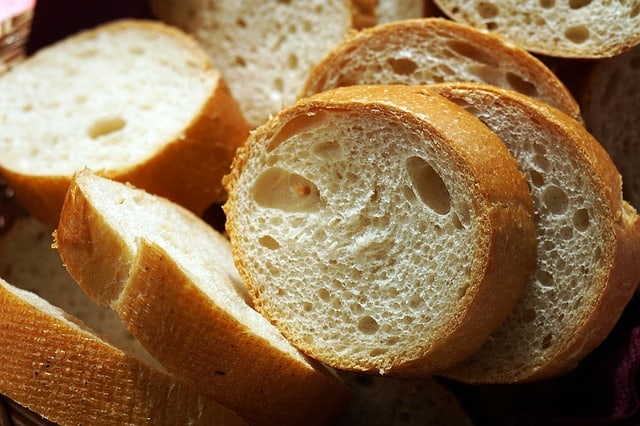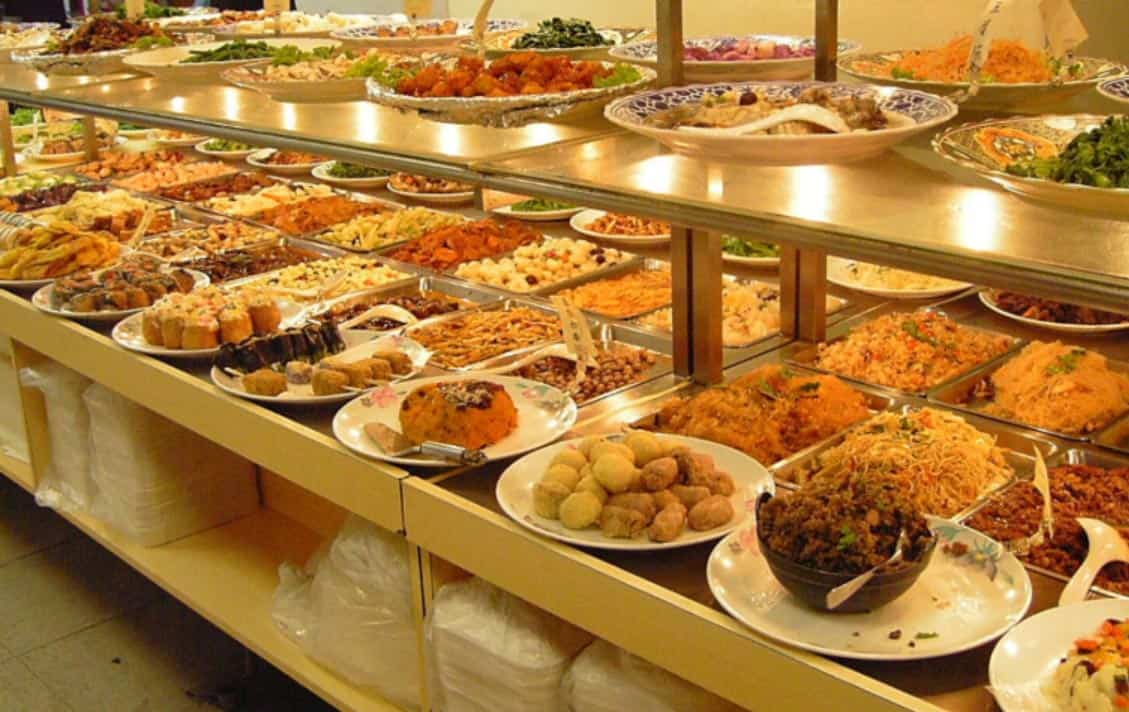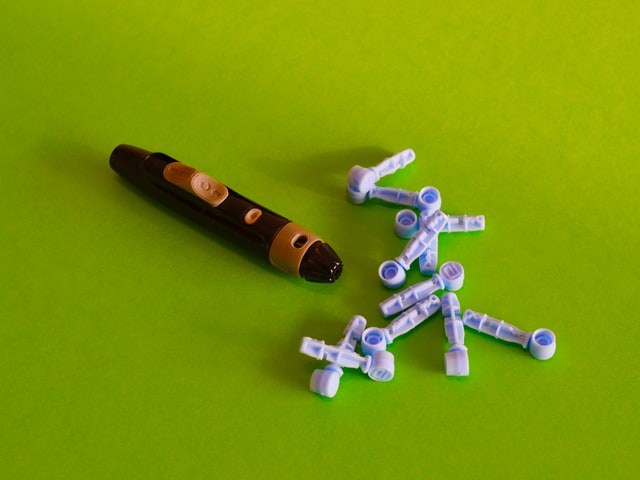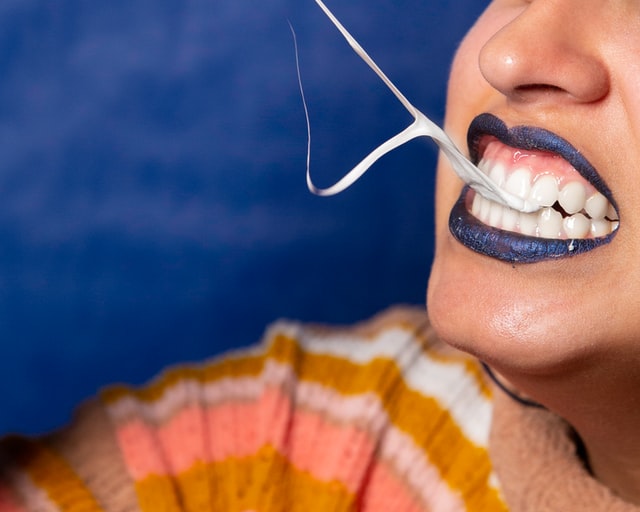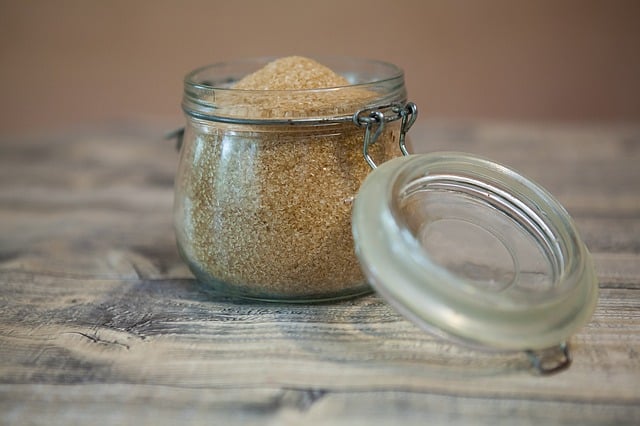Evening meals can be stressful and rushed, echoing our lives that are chaotic and overscheduled. In light of this, people with diabetes unintentionally make some common mistakes when approaching their dinner meals. This article will help you learn strategies to overcome these mistakes.
Are you making these 11 mistakes?
Contents
1. Too Many Carbs
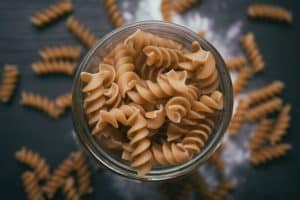
Carbs aren’t bad for you, assuming you’re eating them in moderation and eating the right kind of carbs. It’s common to prepare a dinner meal with a heaping side of rice, bread or potatoes. We do it because it’s easy to cook and it’s incredibly filling – especially after a long, hard day.
However consuming too many carbs can easily affect your blood sugar levels and can contribute to long-term medical complications such as heart disease, obesity and diabetes. It’s easy to overload on carbs. To put it into perspective, a ½ cup serving of pasta contains 15 grams of carbohydrate. Chances are you’re probably eating more than ½ cup of pasta at your meals.
2. Not Planning Ahead
The busy lifestyles we lead have a negative impact on our food intake. Meal planning is essential for optimal diabetes care. Set aside some time once a week to plan meals for the upcoming week. Make your shopping list according to your meal plan and stick to that list.
If you know what you’re going to have for dinner on Tuesday evening, you won’t get caught running through a fast food drive-thru or heating up high-carbohydrate frozen meals.
For more interesting diabetes articles see below:
3. Carb-Loaded Beverages
Milk, juices, soda pop, sports drinks, coffee drinks and energy drinks – all of these will work against your efforts for optimal glucose control. You will hear time and time again that water is the optimal beverage. It is calorie free and refreshing. Try infused water – with your berries, cucumber, fresh mint or lime.
4. Skipping Dinner
You ate a big lunch with a client or friend. Dinner time rolls around and you’re simply not hungry. What do you do? Well, skipping the evening meal can certainly have negative effects on your glucose overnight. If you are truly not hungry enough for a meal, try eating a sandwich on whole grain bread and an apple. That will fuel your body with about 45 grams of carbohydrate.
Even 1 cup of yogurt mixed with 1 cup of berries and ½ banana can provide you with 45 grams of carbs. Don’t go to bed without eating something, even if you had a gigantic noon meal. And, next time, don’t overeat at lunch - Take ½ of it home for your evening meal.
5. Eating Out Too Often
Let’s face it, Restaurant meals are huge. Eating away from home too often is one of the major contributors to obesity. Limit eating out to once per week, or special occasions. Take ½ of your large meal home and eat another time.
Share a meal with a family member or friend. Read menus online ahead of time to make wise and informed choices. Eating out less will save you money and make less of an impact on your blood glucose.
6. Biggest Meal of the Day
It’s traditionally the largest meal of the day. For optimal glucose control, all meals should be similar in size and carbohydrate content. Scale down your evening meal if it’s too large. Plate your meals in the kitchen with the optimal amount of carbohydrate/starch serving, and avoid taking seconds (or thirds!)
7. Eating Mindlessly
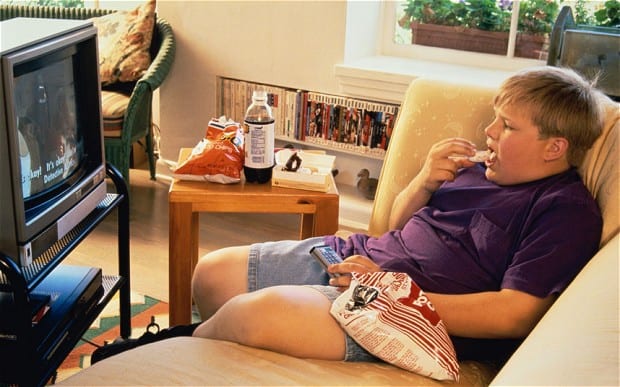
We don’t seem to savor our food any more. We eat fast, rushed, reading our tablets or watching television. Think about the last time you spent more than 25 minutes at your evening meal. Seems like a long time, doesn’t it? Put your fork down in between bites.
Talk to your family members. Put down the tablet and phone. Turn off the television. Think about your food mindfully while eating – discover the flavors, textures, smells, and visual appeal. Food is meant to be enjoyed, not shoveled down. Eating mindfully will lead to eating less, and better glucose control.
8. Clean Your Plate Club
Remember your mom telling you to clean your plate because there were starving kids in a foreign country who did not have enough to eat? This mindset has led to significant overeating. Eating everything you are served is not necessary. One helpful strategy – eat half of what you are served. Remember to eat mindfully. After eating half, wait about 10 minutes.
Think to yourself, “am I still hungry?” If the answer is NO, then stop eating. If the answer is YES, then eat ½ of what is left on your plate. Wait another 10 minutes and repeat the question to yourself. In the end, you are likely going to eat less overall and still feel satisfied.
For more informational links read the following
9. Cocktail Hour
Cocktails, beer and wine can have a negative impact on your glucose control. Mixers (orange juice, margarita mix, soda pop) are generally extremely high in sugars and simple carbohydrates. Factoring unhealthy carbohydrates from alcohol into your overall carb count is not the healthy way to reach optimal glucose control.
Plus, happy hour is traditionally overrun by unhealthy high-carb snack foods, such as pretzels, nachos, and so forth. If you can approach happy hour with a non-carb/calorie beverage, then go for it. The best strategy is likely avoiding the temptation altogether.
Additional informative articles recommended here:
10. White Foods
You have probably heard this adage before: “White foods should be avoided.” While the intentions of this simple statement were good in the beginning, it has some negative effects. White bread, white rice, white flour, white sugar – yes, those are not the healthiest choices for the foundation of your diet.
However, I have seen patients avoid cauliflower, cottage cheese, onions and turnips because they are white! These are healthy white foods. In short, be informed about the nutrient content of the foods you are eating. Blanket statements do not tell you the full story.
11. Buffets
I have seen patients fail time and time again, just by frequenting buffet-style restaurants. Asian buffets, pizza buffets, and even salad buffets. The temptation to overeat is strong. The likelihood of eating a well-balanced, carb-controlled meal at a buffet restaurant is very low. Many times one feels like they need to “get their money’s worth,” which ends up with 4-5 platefuls of foods. Your best strategy here is to avoid buffets and order from a regular menu. Better yet – eat at home!
What are some tips that you’ve been doing to keep your diabetes in check? Share your diabetes dinner secrets in the comments section below.
TheDiabetesCouncil Article | Reviewed by Dr. Jerry Ramos MD on June 05, 2020




